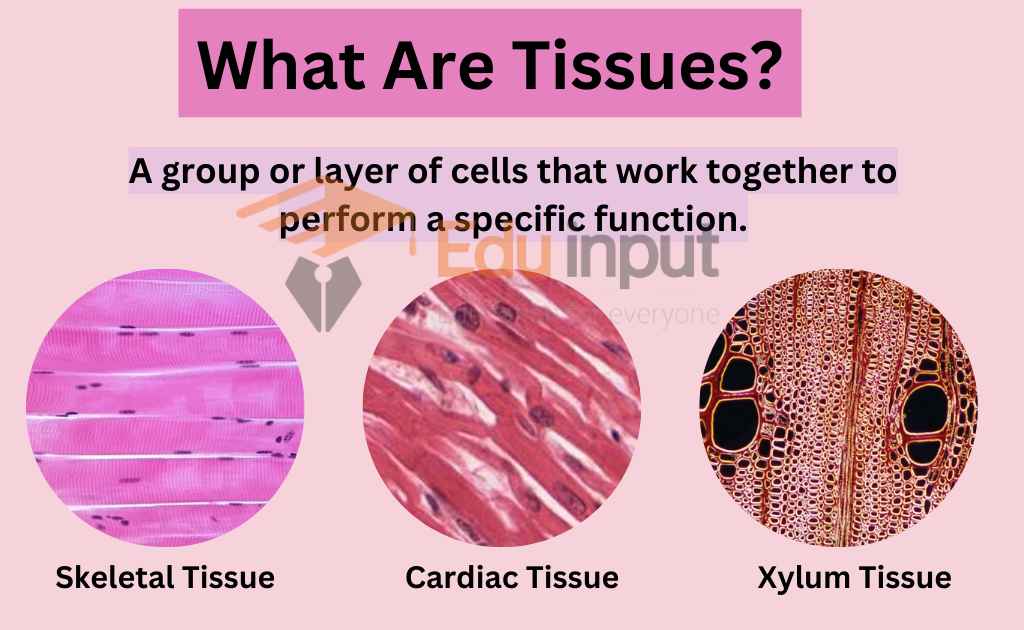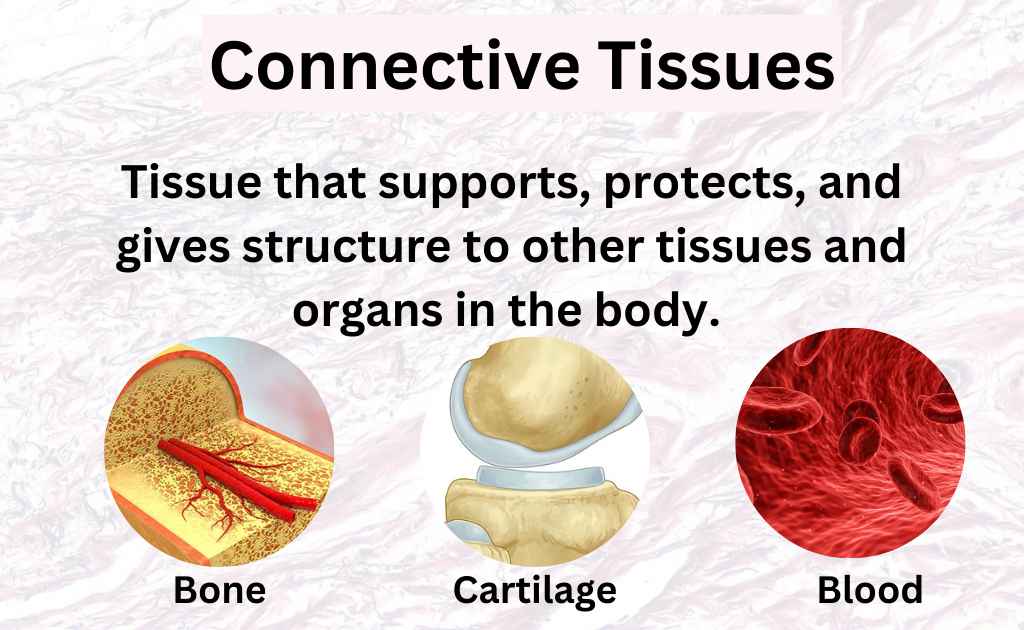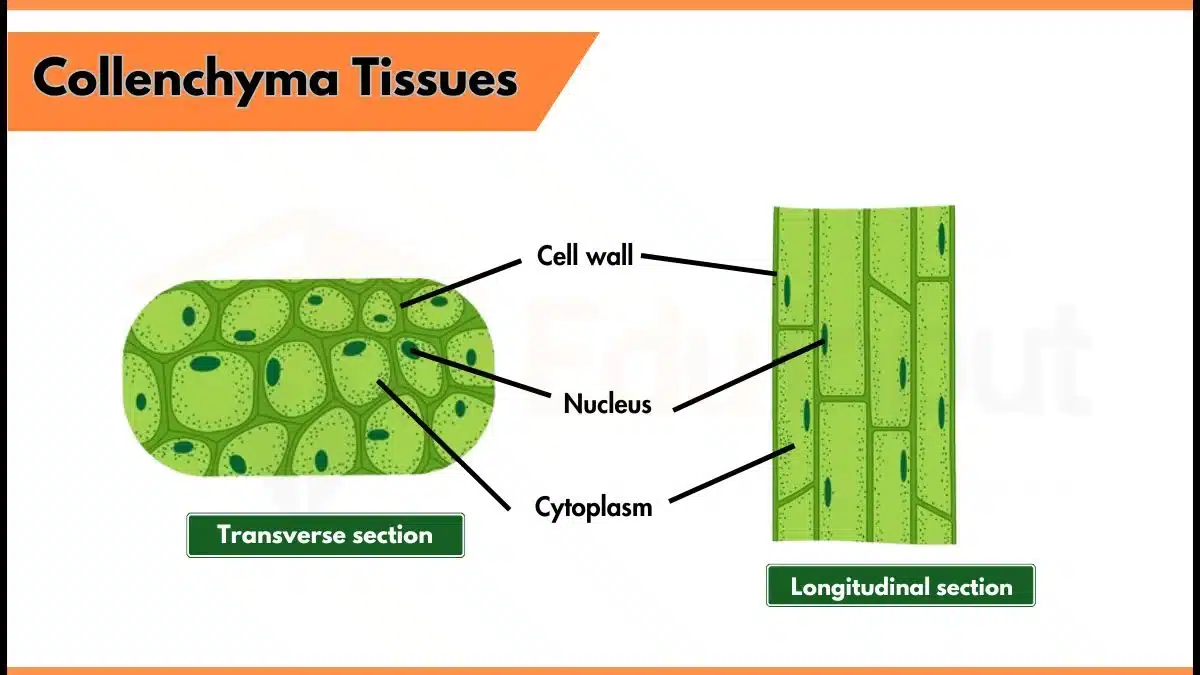Support And Movement In Animals | Types Of Skeleton
Animals move around to get food, water, or shelter. They also move to escape predators, seek mates, and communicate with other members of their species. Movement helps them survive and thrive.
Support refers to the way an animal moves its body parts together to form a structure. Movement is the way an animal moves through space.
The tough and rigid framework (a) of the body of animals which provides cardioprotection shape and support to the body organs is called the skeleton. It is composed of inorganic or organic substances or both. It is secreted by a single cell in protozoa. It is composed of specialized cells in multicellular organisms.
Types Of Skeleton
There are three types of skeleton in animals i.e. hydroskeleton, exoskeleton, and endoskeleton.
1. HYDROSKELETON
The skeleton of the body which is produced due to fluid-filled within the gastrovascular or coelomic cavity is called hydroskeleton. It is present in animals in which a hard skeleton is absent like earthworms.
The hydrostatic skeleton provides support and resistance to the contraction of muscles. It causes movement of the body. It is found in cnidarians, annelids, and soft-bodied invertebrates.
2. EXOSKELETON
A hard skeleton present at the outer surface to which internal muscles are attached is called an exoskeleton. The exoskeleton is inert (S) and non-living. It is secreted by the ectoderm in animal cells. The exoskeleton is present in mollusks and arthropods.
3. ENDOSKELETON
The skeleton present inside the muscles is called the endoskeleton. The endoskeleton is primarily made up of two types of tissues:
- Bones
- Cartilage
Bone and cartilage are types of rigid connective tissues. Bones and cartilage consist of living cells embedded in the matrix of Compact Bone.
Bone
The skeleton is composed of two main types of bone: cortical (hard) and trabecular (spongy). Cortical bone makes up the outer layer of the skeleton and provides strength and support. Trabecular bone is found inside the bones and acts as a shock absorber.
Cartilage
Cartilage is composed of two types of cells:
- Chondrocytes
- Fibroblasts
Chondrocytes produce collagen fibers, proteoglycans, and glycosaminoglycan (GAG) molecules. Fibroblasts produce collagen fibers and GAG molecules.






Leave a Reply